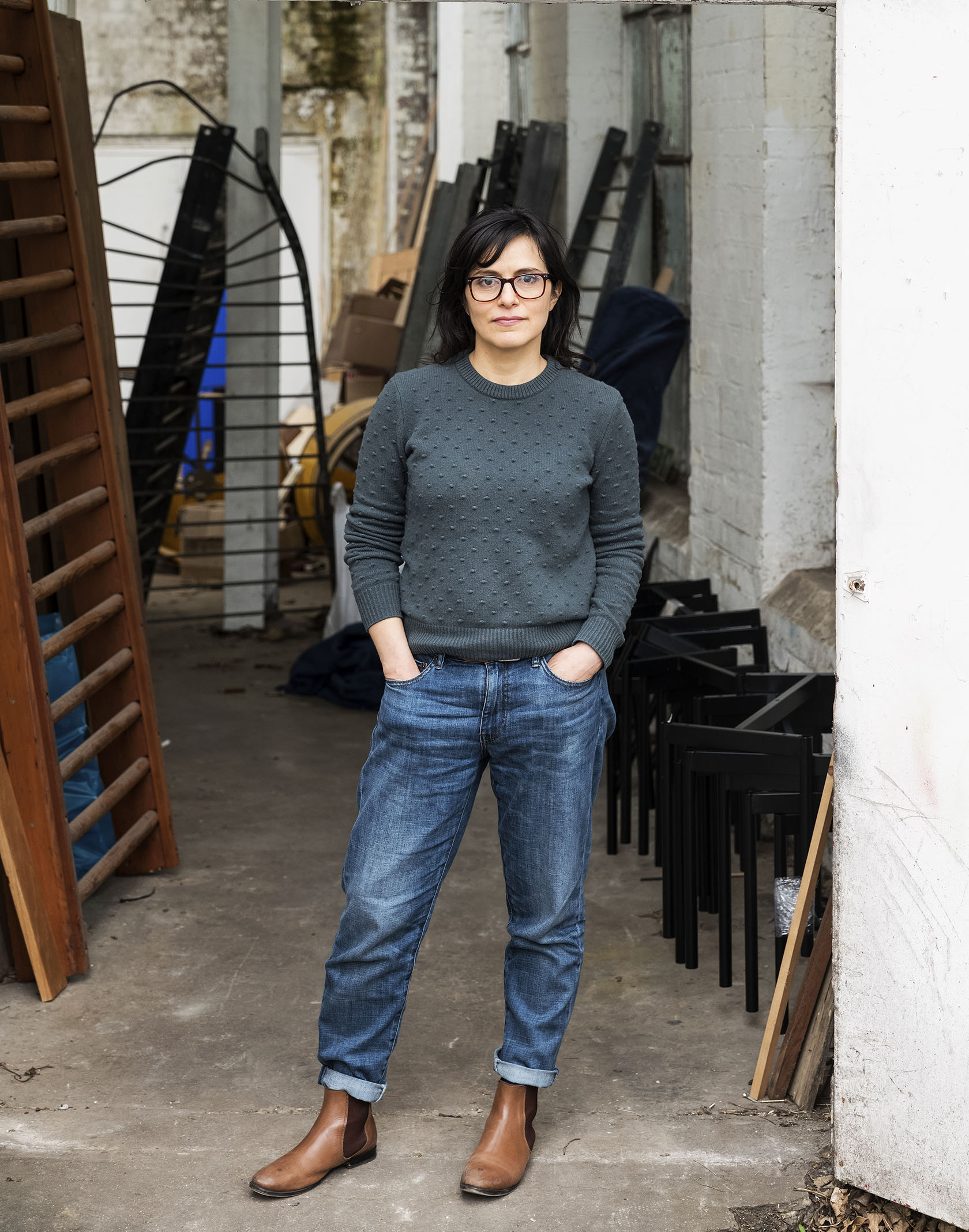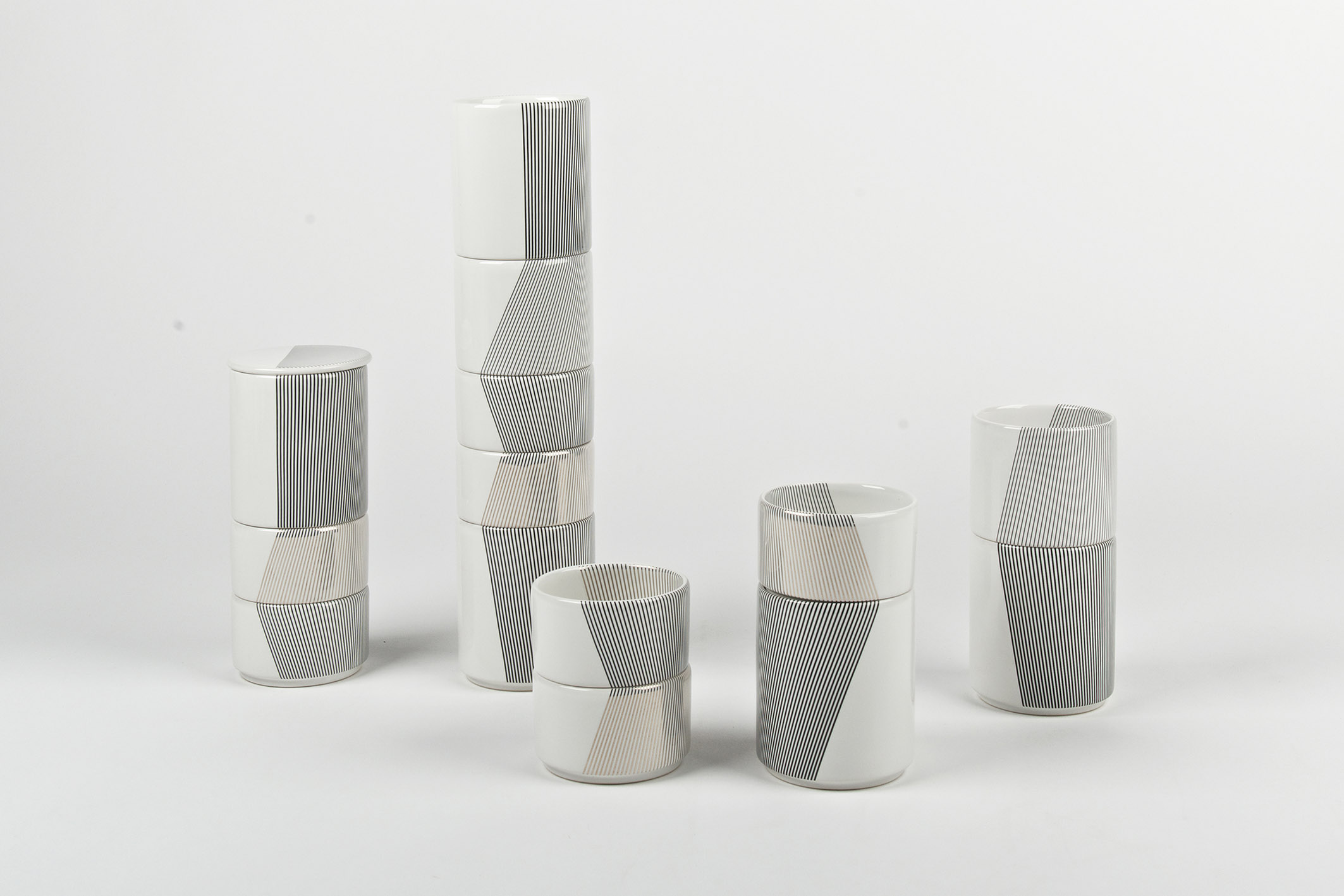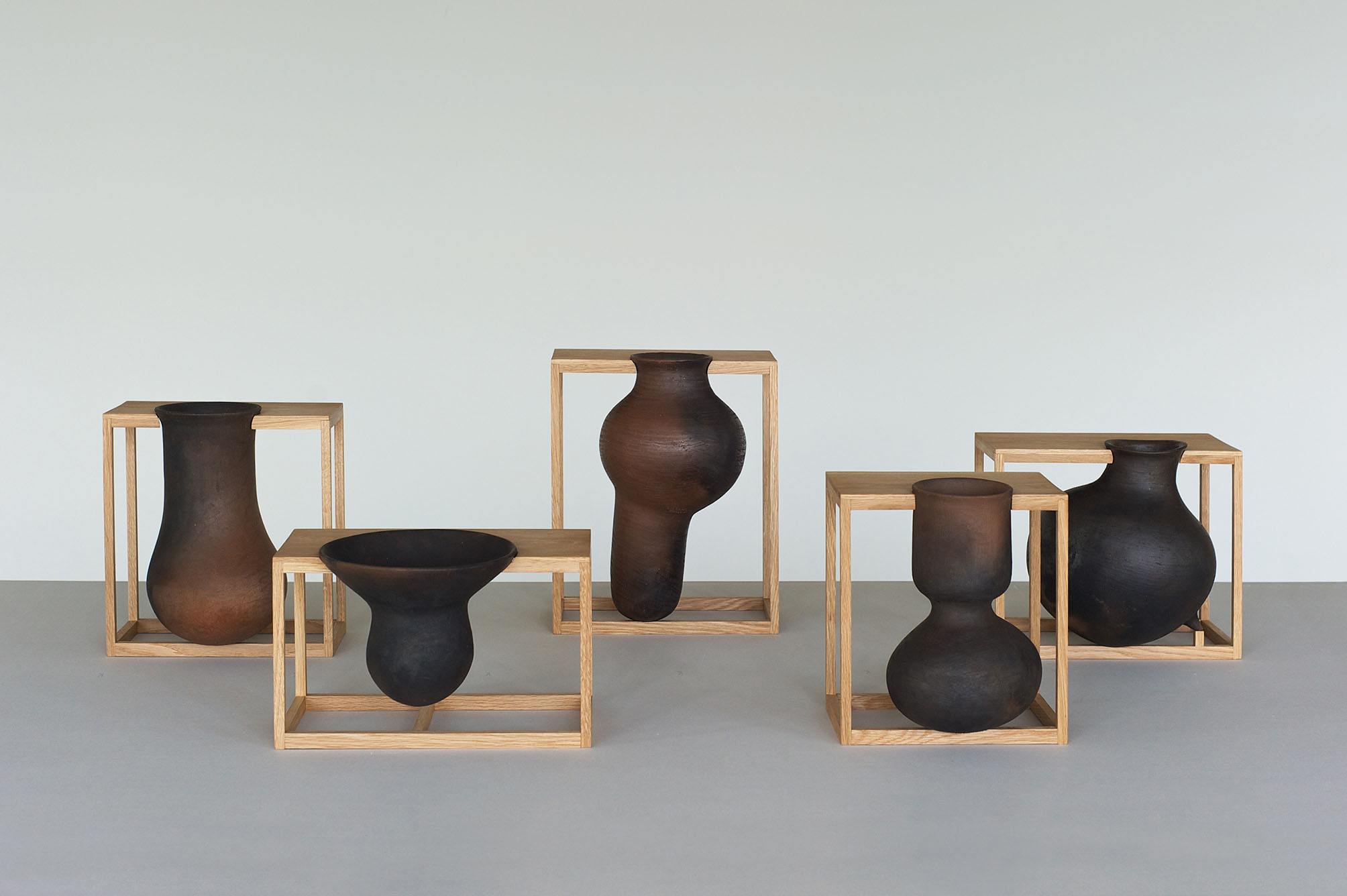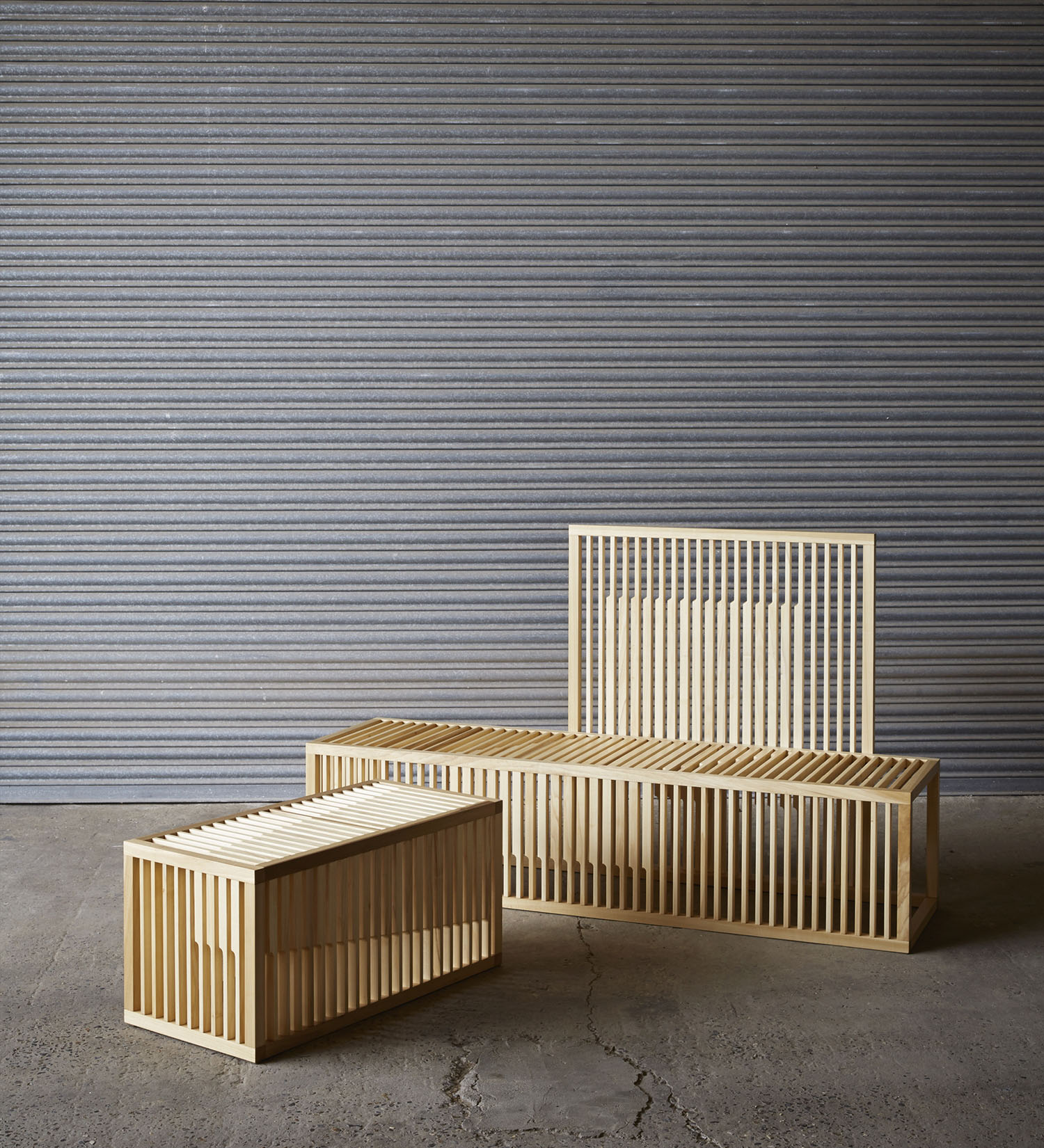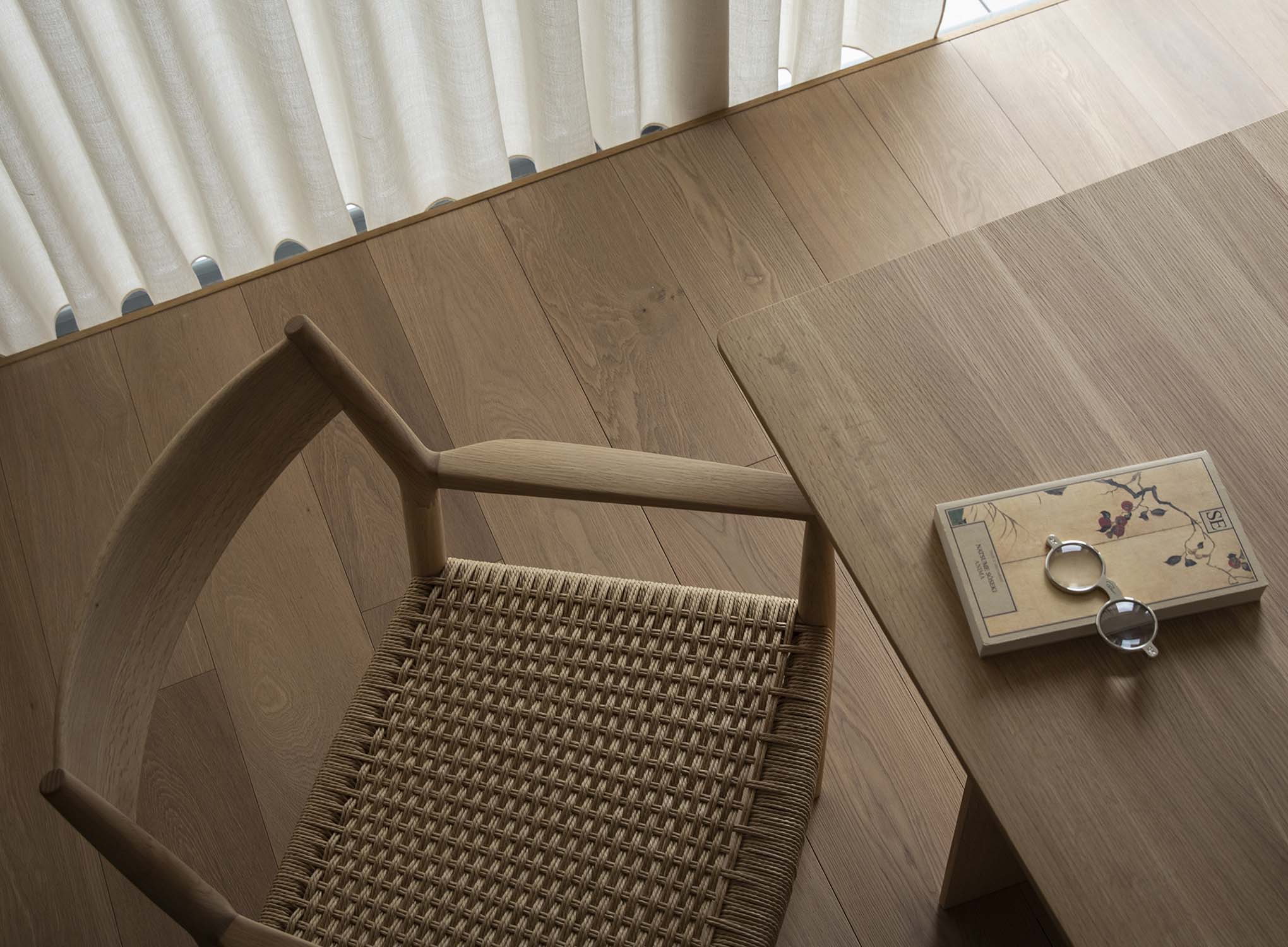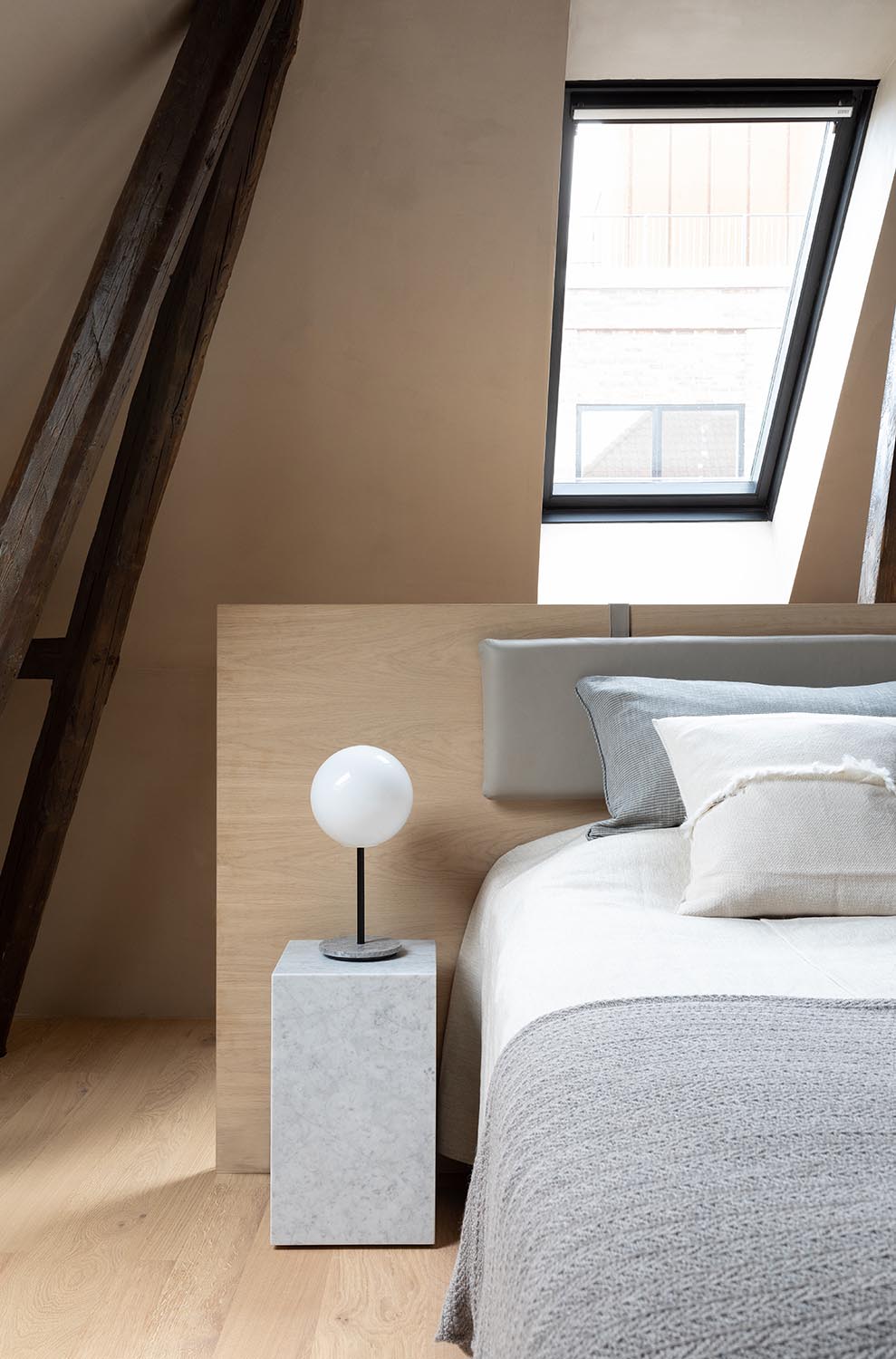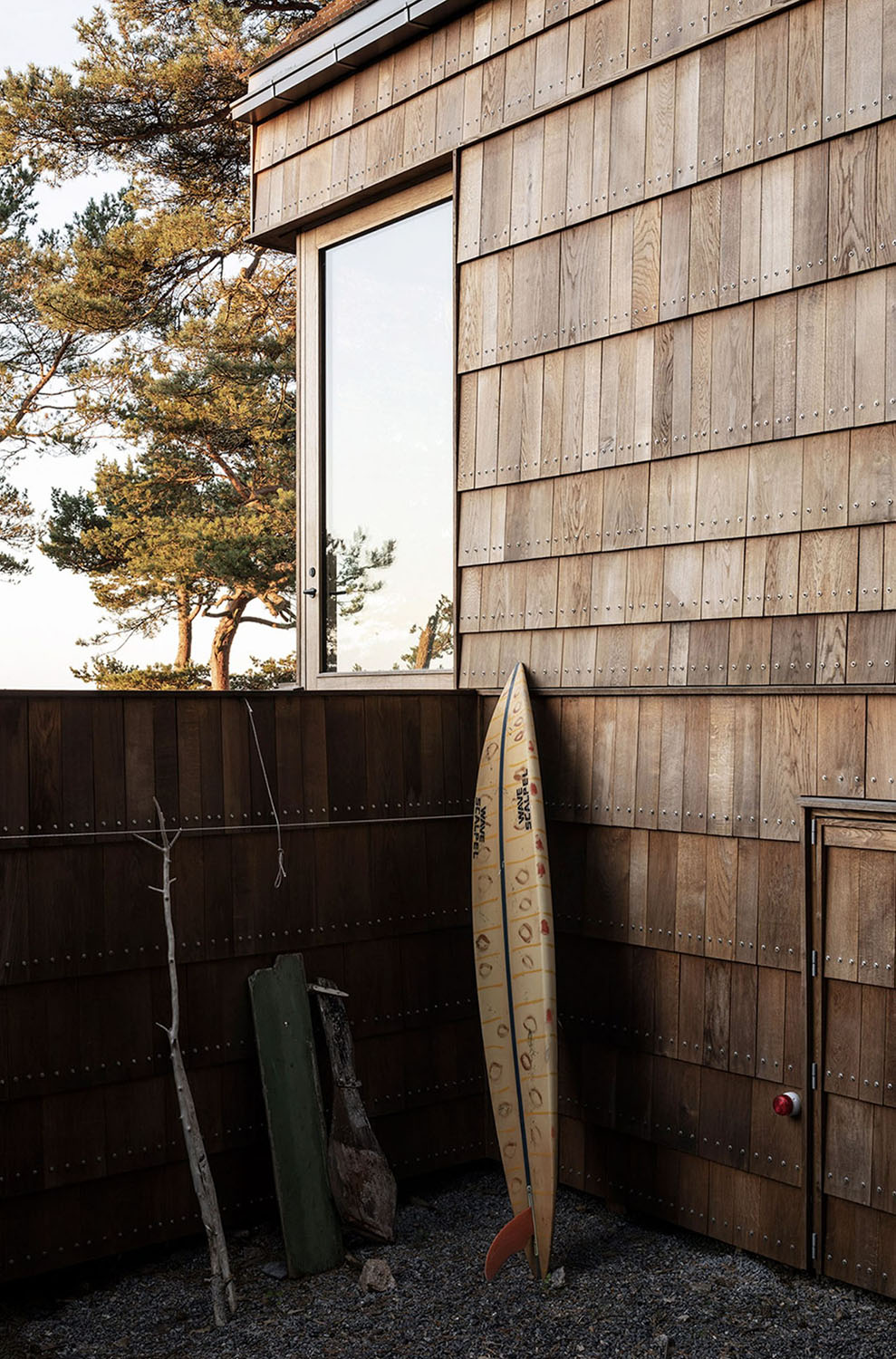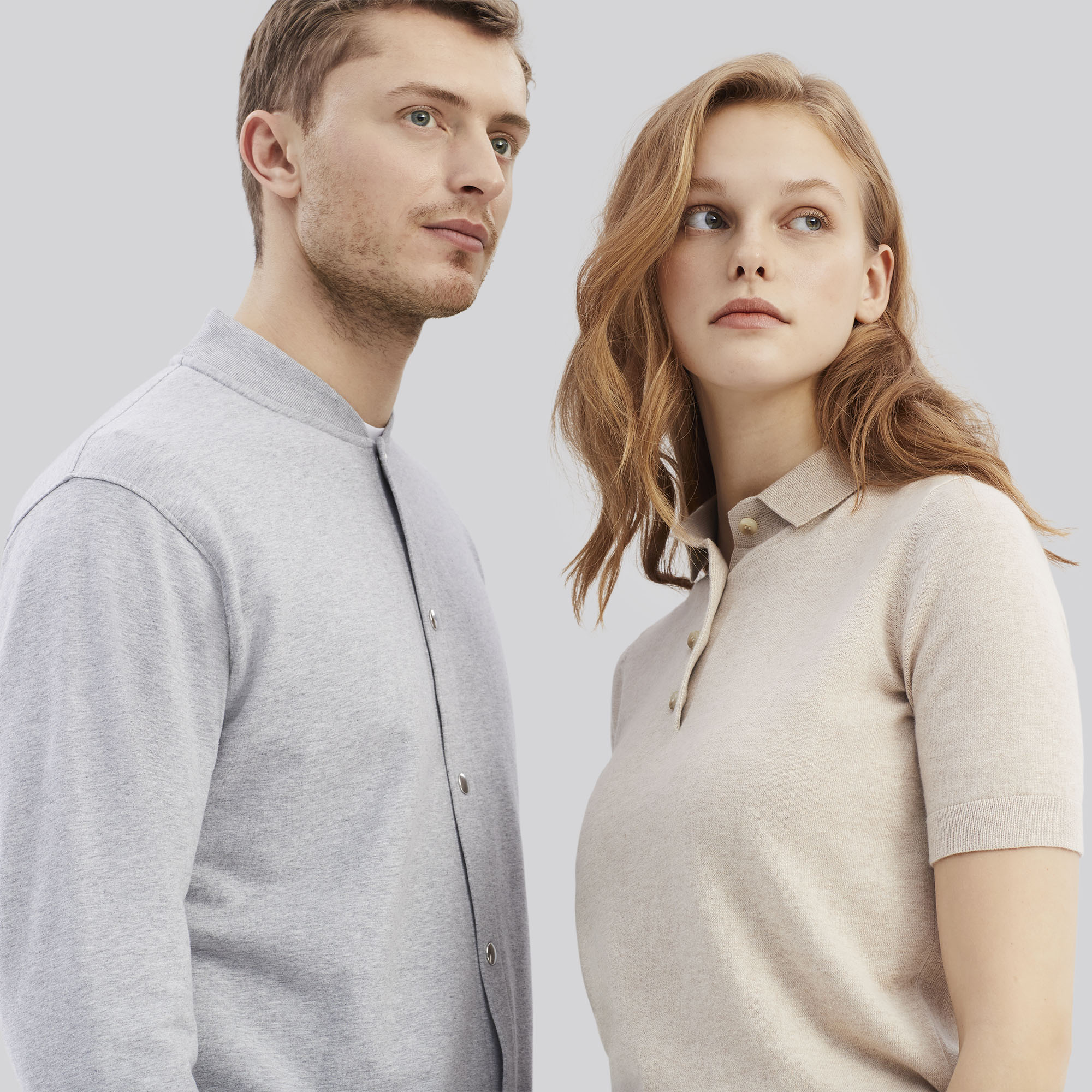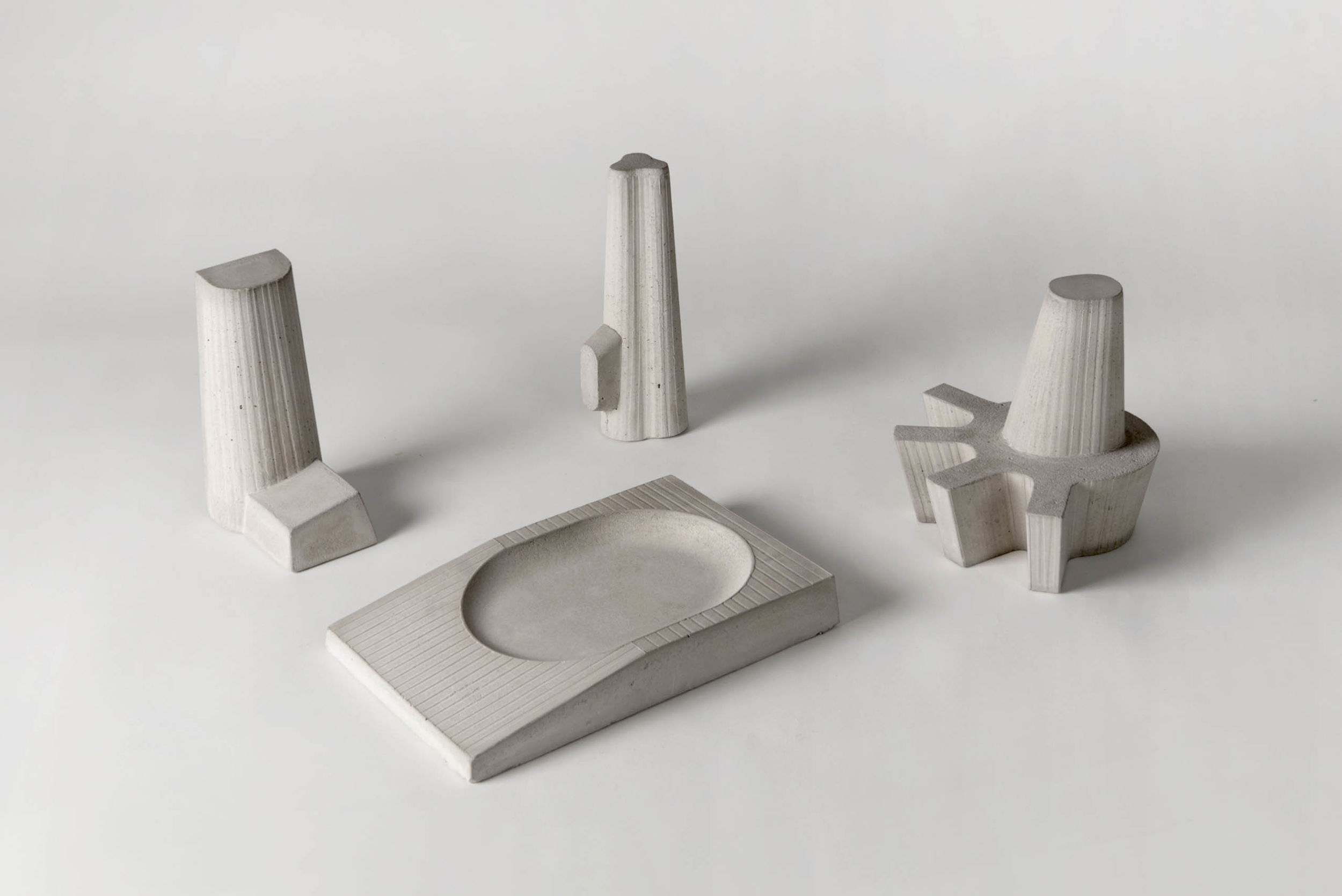
Design
Interview with Liliana Ovalle
Liliana Ovalle is a Mexican designer based in London who is known for creating work that uses a variety of materials: cement, silver, ceramics. She is also a lecturer at the renowned UK art school Central St Martins. This interview has been edited and condensed for clarity.
Where are you right now?
I’m in London at the moment. I’ve run my studio from here since 2009, working across projects in Mexico and the UK. I try to spend as much time as possible in Mexico – it’s important for me to have ongoing collaborations there.
You were born in Mexico City…
I grew up and lived most of my life there. In a way, your upbringing and context become a strong point of reference – it permeates into your work, it’s a way to understand the world around you. I’m particularly interested in the makeshift and informal making culture that is so prevalent in Mexico. People take it into their own hands to create and intervene with objects – they define identity in very expressive and bold ways.
Can you describe your work for us?
I work across projects of different scales and materials, from installations and objects inspired by urban environments to experiments with vernacular crafts. I like to create objects that open a space for interpretation, rather than objects that prescribe a clear function. Objects are part of our personal world – we surround ourselves with them. Design can be a great way to speak about our culture.
Tell us a bit about your brutalist sculptures? How did they come about?
I was interested in exploring concrete for its cultural reference to modern architecture. During the 20th century, concrete became ubiquitous, not only in large-scale buildings but also in self-construction. It’s a very accessible material. Nowadays there are lot of concerns around its effect on the environment, but concrete really did transform our cities and living spaces. In this project I created a collection of small objects that combine geometries and textures that evoke architectural features, from ridged towers to curved smooth surfaces. I was interested in iconic projects such as the terrace roof at La Cité Radieuse, by Le Coburiser, the Barbican Centre in London, and works by Mario Pani and Lina Bo Bardi, among others. The resulting pieces are ambiguous shapes that do not respond to a particular function but can be adopted as domestic objects.
You like to use different materials in your work, like concrete here. How do those decisions come about?
As a designer, your relationship with materials evolves the more you learn about them. I like experimenting with different processes – hands-on ceramics, or digital fabrication. The choice of material depends on the nature of each project. Sometimes it responds to a personal interest in exploring the cultural and technical qualities of a particular material, such as in my collaboration with potters in Mexico or my work with these concrete mini sculptures. At other times, the material is chosen because it’s just the best medium to achieve a particular aesthetic or intent. In collaborations with companies such as AHEC and Alcantara, the project is driven by the material itself – the task its to experiment with its potential.
What’s up next for you?
I’m working on an exciting collaboration with traditional silversmiths in Mexico – that will be launched next year. And I’m teaching at Central Saint Martins in London.
Words: Editorial Board
Photography: Liliana Ovalle
